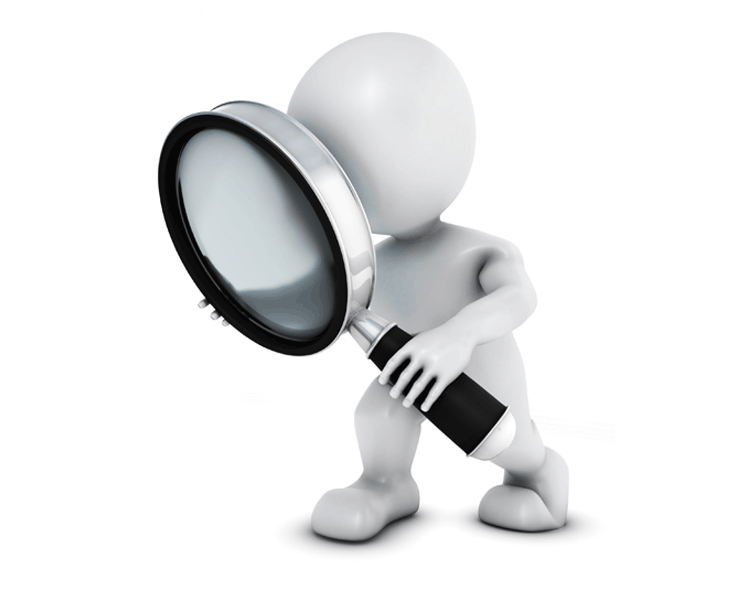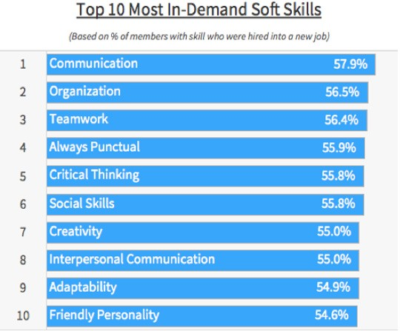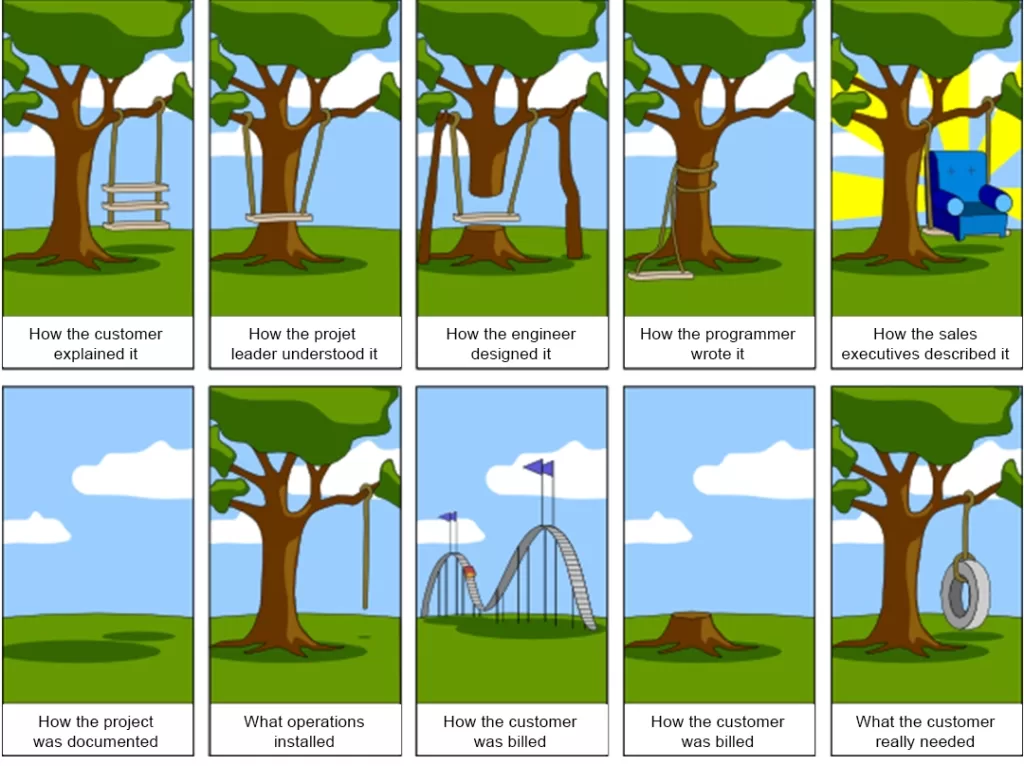HOW TO DEVELOP EFFECTIVE COMMUNICATION WITH YOUR VIRTUAL ASSISTANT?
Effective communication is the action demonstrated when two or more people exchanges ideas, thoughts, opinions, knowledge, and information with the honest intention to understand each other and get in possible agreements.

“The art of communication is the language of leadership”. James Humes
Table of contents
-
Why effective communication is important?
- What are the 5 keys to communicating as a great leader?
- Examples of negative communication vs effective communication.
Aloha my digital friend!
I just came from a heartwarming weekend, as I told you in the previous post. After finding myself a bit of… let’s say too virtual. I decided to spend time with my family over a weekend. It was such a battery-charging experience. But maybe it was because I was in «connecting with real people» mode or because I really found a new passion in understanding human beings and their interactions… or seriously, maybe I’ve just gone crazy!
You see, my family used to light a bonfire on the beach and get together to reminisce, tell jokes, horror stories, and so on, as always there’s a funny person in the group -that guy who makes you laugh even if his jokes aren’t funny, remember?- well, I have a couple of them in my family.
While we were there, around the bonfire my uncle come up with the following joke (don’t worry, I won’t bother if it doesn’t make you laugh):
«There was a man named Peter who was worried because his wife, Amanda, seemed to be losing her hearing. He asked her to go to the doctor, but she got angry and refused. So one day Peter decided to go to the doctor himself to explain what was wrong with his wife. After asking him a few questions, the doctor said, «Peter, I need you to measure Amparo’s hearing range, so when Amparo is in the kitchen, you will stand 5 meters away and call her name loudly; if she doesn’t respond, you will move a little closer; when you get to the place where she really hears, we will know what her hearing range is. I’ll expect you in three days.» Peter did as the doctor told him. He stood in the hallway shouting loudly ‘Amanda!’, as he got no response, he walked over and shouted loudly again, ‘Amaaaandaaa!’…silence. Peter approached and repeated the same action three more times. When he was half a meter away he yelled even louder, as he was getting frustrated -imagine my uncle acting here- and suddenly Amanda answered him, «FOR THE SIXTH TIME, CAN YOU TELL ME WHAT THE HELL YOU WANT!»
This made me realize that most of the time we think it is the fault of others when we do not feel understood or heard, but, in some cases, we are the ones who are not listening properly.
Effective communication is not just an action, it is an art that we must develop in order to be the effective leader we strive to be.
Let’s prepare our earwax and keep reading…
Why effective communication is important?
Did you know Communication topped the list of the most demanded and sought-after soft skills among employers with an incredible 57.9% in a survey conducted in 2016 by LinkedIn in the United State?

Communication is one of the essential social skills required for any individual to survive in the world. It is crucial to understand that any effective form of communication is not just getting your thoughts through and voicing your opinions it actually starts with something Peter was missing, being a good listener.
It is actually an art that required practice and perseverance. There are a number of key listening skills that can help us to become better listeners:
- Active listening
- Non-verbal responsiveness
- Patience
- Clarify and paraphrasing information.
It is important to know what to say and how to say it in order to contribute to collaborative efforts in the workplace and help the organization achieve its goals. Poor communication leads to frequent misunderstandings and frustrations.
What are the 5 keys to communicating as a great leader?
As we explain in What is Ethical Leadership? Ethical leaders inspire, guide, and nurture their assistants to help them improve but inadequate communication can do the opposite.
Blue Beyond Consulting shares that 80% of a leader’s workday is spent communicating, but the impact created in the workplace will derive from the quality of the communication. Blue Beyond recommends the following 5 keys to effective communication as a great leader:
1. Choose your words wisely. Words are powerful therefore we need to communicate carefully about what we say, to speak carefully and with consideration, so we avoid trouble and misunderstandings.
2. Know your audience. It is not going to be the same communication language used when speaking to a group of Supervisors who are already involved in the company’s goal and who has the responsibility to transmit the message to the team they lead as speaking to our Executive Assistant who is the person who knows you better and who should be involved in everything we do. Understanding what’s top on their mind is so important, analyzing your audience ahead of time, helps you discover how to build common ground so the message can be effectively communicated.
3. Say what you mean. It is expressing what you truly believe in. It is undoubtedly the key to demonstrating the honest basis of our leadership. Allow yourself to be genuine and let your true self shine through. When your team gets to know you well you will gain their respect and trust.
4. Encourage dialogue. Request and apply feedback, be open to hearing new ideas, listen actively and create an environment where everyone feels comfortable speaking themselves.
5. Show and tell. Lead by example, remember? This is part of non-verbal communication and we can say that this impact more than words, “actions speak louder than words”
Examples of negative communication vs effective communication?
Just like the joke my uncle told that made me stop and think about this topic for a while, I think it is useful to share more examples of negative communication vs effective communication. I would love to share jokes instead but I found out I am not good at it…
We found an interesting study of real scenarios where negative or poor communication affected the workplace, this study was made by BCcampus. They also illustrated through an awesome image they called ”Tree Swing Cartoon” how the communication impact.

Interesting right?…
Now let me share with you one of the examples they shared:
“The instruction manual the scared customers away.
As one of the first to enter the field of office automation, Sagatec Software, Inc. had built a reputation for designing high-quality and user-friendly database and accounting programs for business and industry. When they decided to enter the word-processing market, their engineers designed an effective, versatile, and powerful program that Sagatec felt sure would outperform any competitor.
To be sure that their new word-processing program was accurately documented, Sagatec asked the senior program designer to supervise writing the instruction manual. The result was a thorough, accurate and precise description of every detail of the program’s operation.
When Sagatec began marketing its new word processor, cries for help flooded in from office workers who were so confused by the massive manual that they couldn’t even find out how to get started. Then several business journals reviewed the program and judged it “too complicated” and “difficult to learn.” After an impressive start, sales of the new word processing program plummeted.
Sagatec eventually put out a new, clearly written training guide that led new users step by step through introductory exercises and told them how to find commands quickly. But the rewrite cost Sagatec $350,000, a year’s lead in the market, and its reputation for producing easy-to-use business software.”
Source: 1.4 Case Study: The Cost of Poor Communication.
There is also an interesting case shared by Slack to demonstrate a real case of effective leader communication, we share one of them here:
“Indra Nooyi: Don’t pretend it’s OK if it’s not
When Indra Nooyi took over as CEO of PepsiCo in 2006, prospects for the company were uncertain. So Nooyi used her position to publicly address the challenges the company was facing head-on.
“The one thing I’ve learned is: Don’t lie to the people,” she said in an interview with CNBC. ”Don’t tell your people one thing when the reality is something different.”
Her resolve to tell the truth wasn’t limited to speeches. Fortune describes Nooyi leading a team of executives on a daylong excursion to various retail and restaurant vendors, meticulously pointing out and photographing every merchandising faux pas so that it could be forwarded to the person who made the mistake.
“We ought to keep pushing the boundaries to get to flawless execution,” she said. “Flawless is the ultimate goal.”
This unflinching (and sometimes unpopular) forthrightness was a huge factor in Nooyi’s success. And over the long term, she proved her detractors wrong as PepsiCo’s revenue increased from $35 billion in 2006 to $63.5 billion in 2017, with shareholders seeing a 162% return.
The moral of the story? Say what you mean, be true to your word, and follow your conscience. Nooyi’s fearless leadership communication style shows that being honest to a fault may not be a fault at all.”
Remember,
Effective Communication is an art that is only developed through time and through repetitive actions made with the honest intention of understanding each other. There are, in fact, different ways of communication, channels, and strategies, that will be selected in depends on the objective you might have; but it is despite the channels or strategies you might not forget to maintain authenticity.
I am sure you found this topic interesting, if you haven’t had the chance to read the previous post please click these links and check them out!
Healthy Leadership and Succession Planning
What does a Virtual Assistant do?
Is Delegation Important for Effective Leadership?
See you soon!


